WW2 American navy fighter. It is rival of Zero fighter!
Specifications
Spotlights
- ChiChiWerx 7.0 years ago
- CRJ900Pilot 7.0 years ago
- GhostHTX 7.0 years ago
- Tang0five 7.0 years ago
- Renameduser4 7.0 years ago
- WarHawk95 7.0 years ago
General Characteristics
- Successors 2 airplane(s)
- Created On Windows
- Wingspan 42.9ft (13.1m)
- Length 33.6ft (10.2m)
- Height 14.4ft (4.4m)
- Empty Weight 6,925lbs (3,141kg)
- Loaded Weight 8,875lbs (4,026kg)
Performance
- Horse Power/Weight Ratio 1.408
- Wing Loading 30.9lbs/ft2 (151.0kg/m2)
- Wing Area 287.0ft2 (26.7m2)
- Drag Points 8831
Parts
- Number of Parts 120
- Control Surfaces 5
- Performance Cost 498

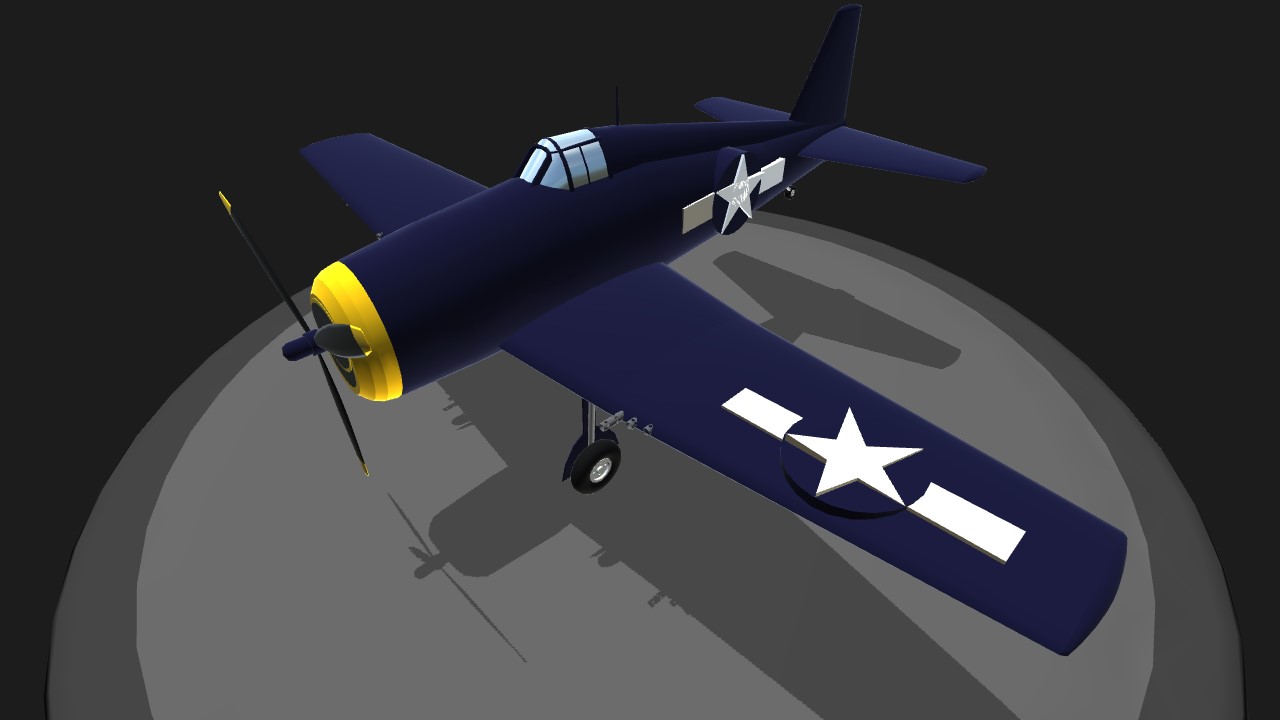
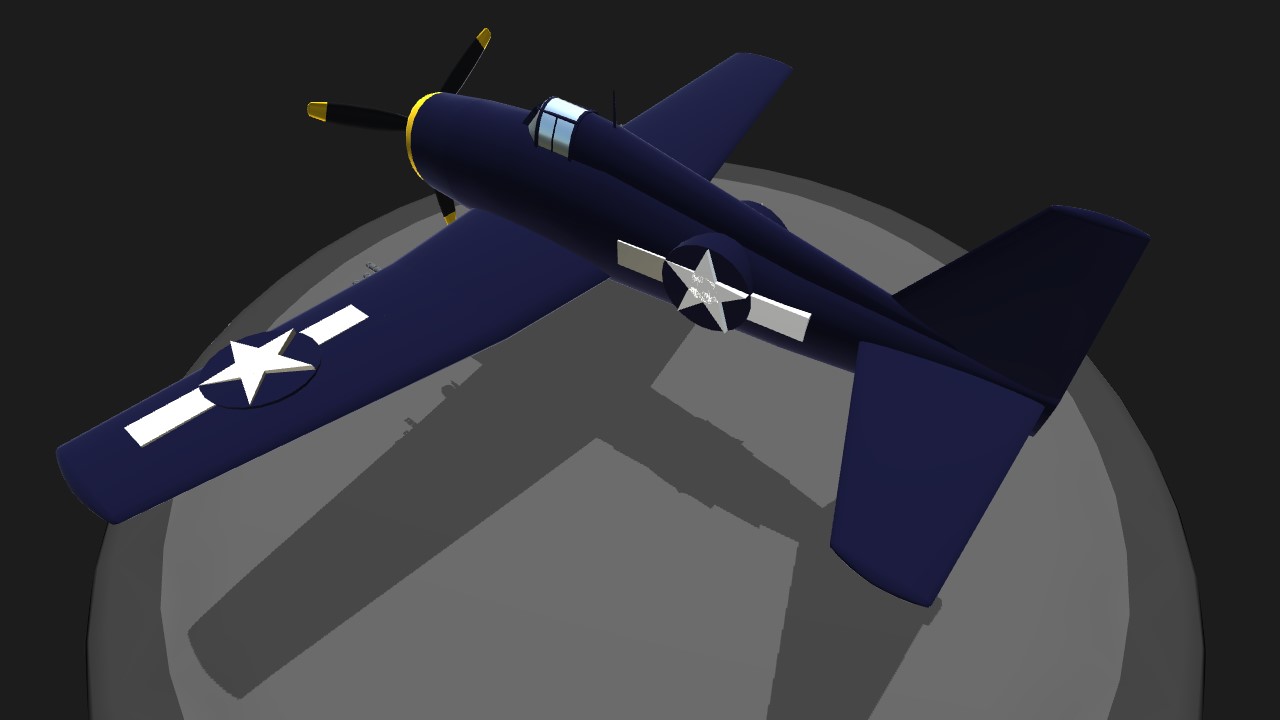
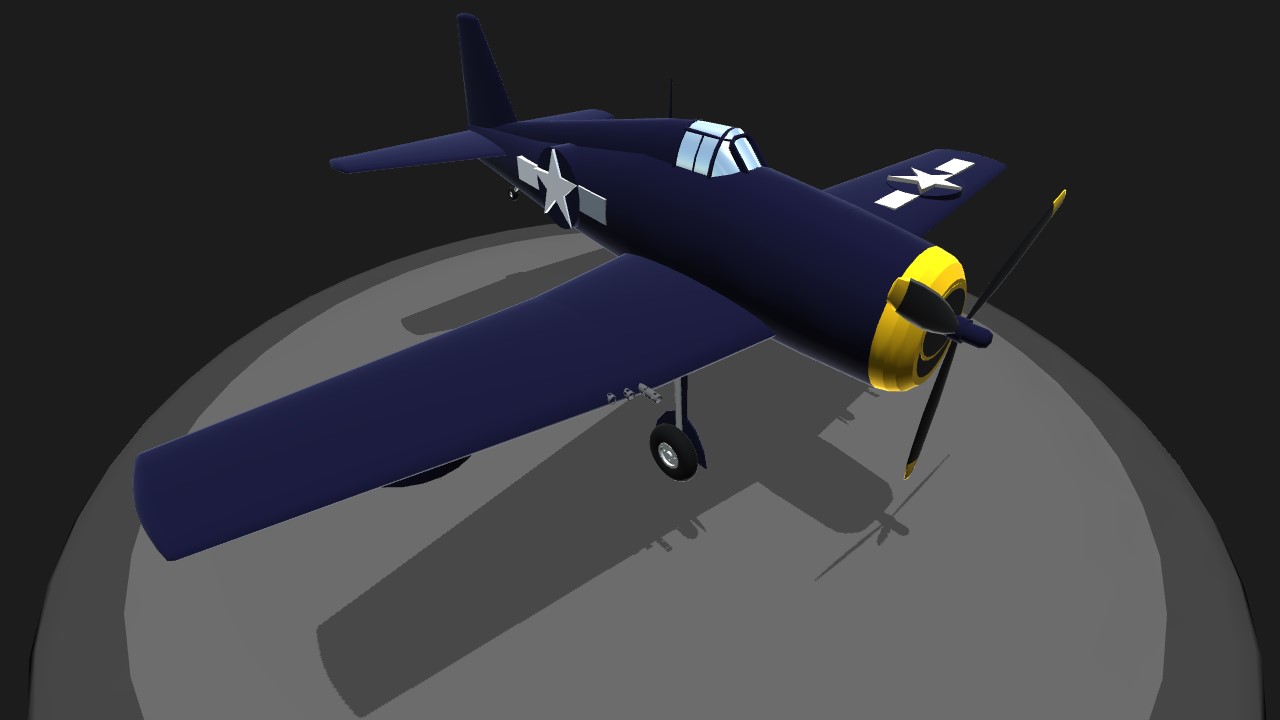
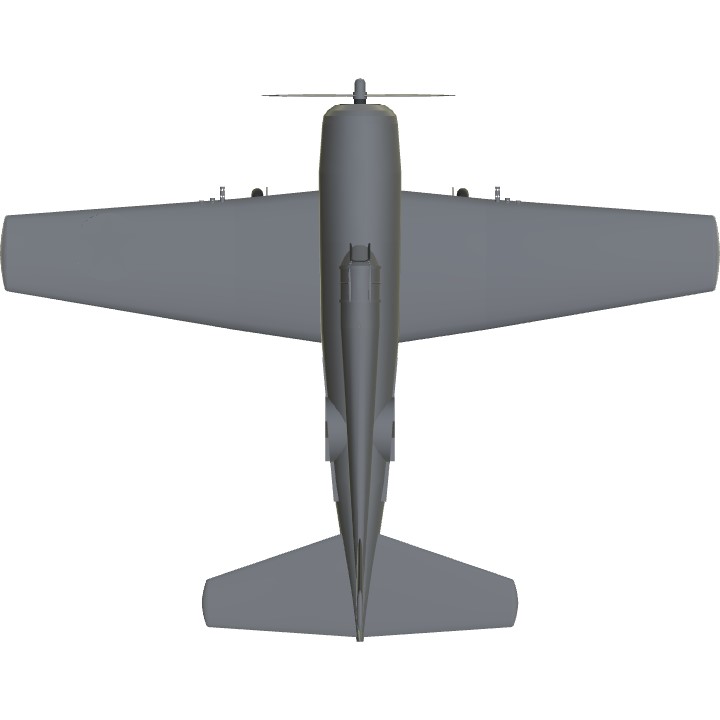
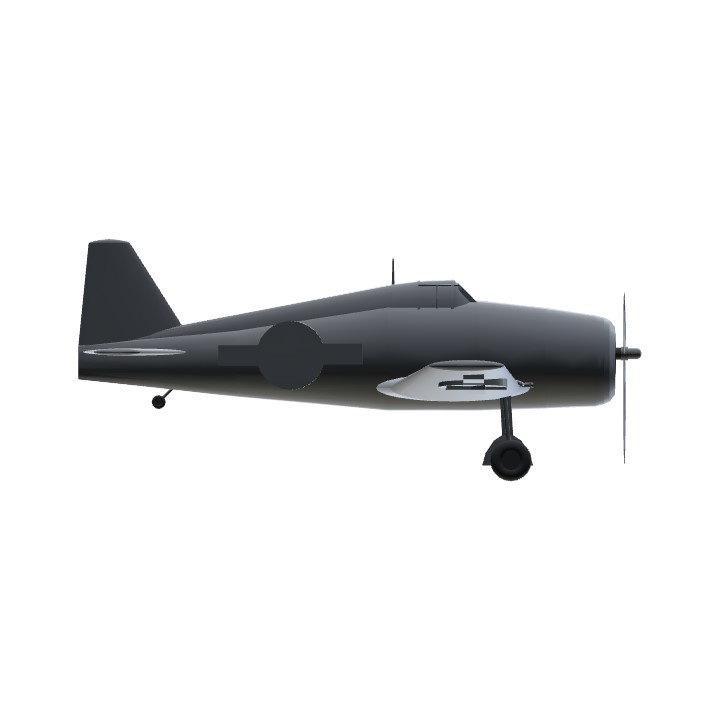
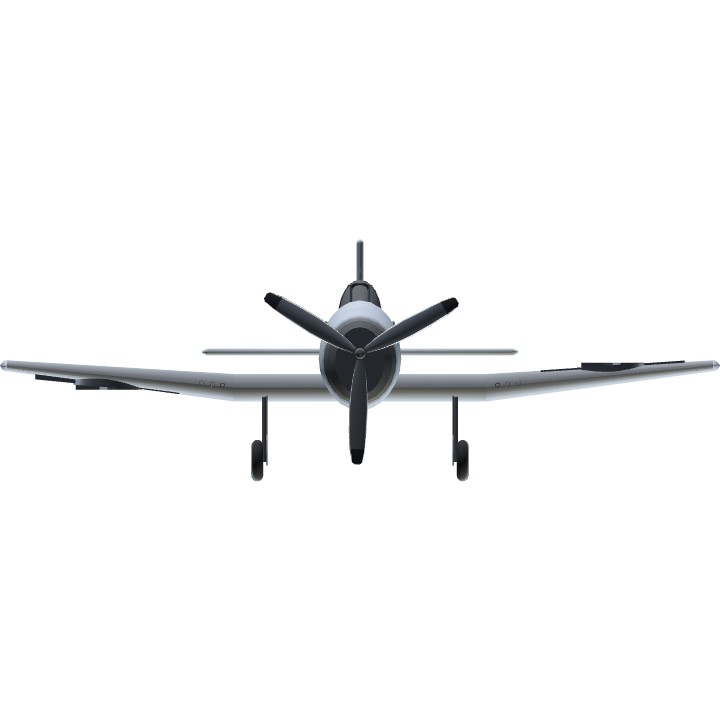
James pug sutherland
Nice build
@otayahiromo8211 the Zero was built with the design philosophy that light weight and the resultant maneuverability was the most important attribute for a fighter. The drawbacks were that those aircraft such as the Zero were the fact they were lightly armored...when hit, they did not absorb damage as well as stronger aircraft. Additionally, while the Zero was fast enough at the beginning of the war, matching the P-40 and Wildcat, it was rapidly overtaken by faster designs such as the Hellcat and Corsair, which exploited the Zero’s lack of speed with better tactics using high speed hit and run attacks, repositioning by zooming up higher and faster than the Zero could and diving down for multiple passes. The Zero would not survive long in these type of engagements, unless flown by a superior pilot...but the Japanese had lost a lot of experienced pilots by that time, so inexperienced pilots tended to be mauled by more experienced U.S. flyers using superior tactics late in the war. So, though the Zero was a more maneuverable fighter throughout the war (U.S. pilots throughout the war were advised to NEVER turn with a Zero), it’s design philosophy was outmatched by less maneuverable, but far faster fighters, such as the F4U, which destroyed the Zero in ever increasing numbers. If a Corsair pilot turned with a Zero, it frequently didn’t end well for the F4U, but Corsair pilots were trained NOT to get into this situation and dive away if they were caught there. There is much more to aerial combat than two fighters turning up in an attempt to end up on the other’s tail...tactics, teamwork and training tend to win the day. Simply compare the kill ratios of the Corsair (or even Hellcat) vs. the Zero for evidence of this fact. Also, consider the later Japanese designs (Hayate, Shiden and others) which put a far greater emphasis on speed...but far too late to make a difference to Japan’s eventual defeat.
@WarHawk95 Really? I heard that f4u was easy to fight for Zero because it was only fast and the agility was poor.
Very nice, again. Forgiving to fly and land, like the real airplane.
I can't bare that ! The zero's worst enemy was the F4U-1A Corsair !
😭😭
Very nice. You have the shape perfectly.
@otayahiromo8211 No problem
@CRJ900Pilot Thanks!
cool!